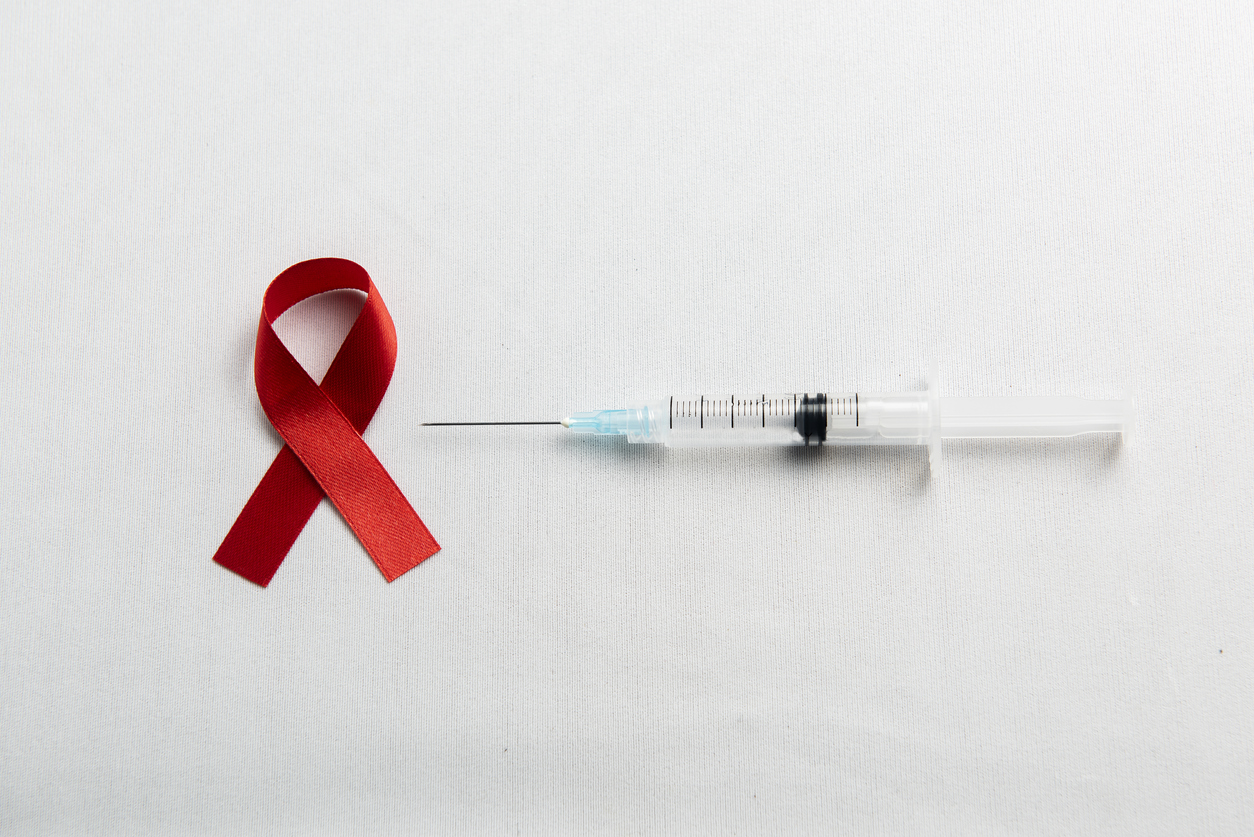2025-10-09
When AI reads between the cells
Oncology
By Ana Espino | Published on october 9, 2025 | 3 min read
Breast cancer is a heterogeneous disease, and some aggressive forms require neoadjuvant therapy (NAT) before surgery. This treatment aims to reduce tumor size, improve surgical resection, and assess tumor sensitivity to the therapeutic agents used. However, the response to NAT varies greatly from one patient to another. Moreover, there is currently no reliable tool in clinical practice to predict its effectiveness early. The limitations of current approaches include inter-observer variability in pathology, subjectivity of interpretation, and the inability to extract complex morphological features visible only under advanced analysis.
In this context, artificial intelligence (AI) and machine learning are emerging as powerful solutions to analyze digitized histological slides and extract predictive information invisible to the human eye. This study aims to explore how an AI-based pathology approach can help predict the response to NAT in patients with breast cancer by identifying visual biomarkers from standard H&E-stained slides.
Can treatment response be predicted from an H&E slide?
The study is based on the analysis of digitized H&E histological slides from 302 patients with invasive breast cancer, grouped according to their response to neoadjuvant therapy (complete pathological response vs partial or no response). The images were processed using an artificial intelligence platform employing a Vision Transformer (ViT)–type algorithm, specialized in tissue segmentation, cell quantification, and extraction of spatial and textural features.
The model learned to associate specific morphological features (cell density, lymphocyte distribution, tumor organization) with response to NAT, resulting in a robust predictive score. The model achieved strong predictive performance, reaching an AUC of 0.80 in the test cohort, with good generalization ability on external datasets from other centers. It also enabled visual identification of key regions associated with treatment response, reinforcing the clinical interpretability of the tool. These results suggest that AI can detect histological predictive markers absent from conventional analysis, paving the way for personalized therapeutic stratification.
Toward augmented pathology
Breast cancer, especially in its aggressive forms, requires fine-tuned adaptation of neoadjuvant treatment, which is still guided today by partial criteria. The challenge is to develop objective, reproducible, and clinically integrable tools capable of predicting NAT efficacy at an early stage.
This study shows that artificial intelligence applied to histology can generate powerful visual biomarkers—independent of human observation—to predict therapeutic response. The model’s performance, its adaptability to external data, and its interpretable design make it a promising tool for personalized medicine.
However, the limitations of this study remain and justify further research. Future studies should include larger multicenter cohorts, prospective validation, and integration of additional clinical or molecular modalities to enhance the model’s accuracy. The development of user-friendly interfaces for pathologists will also be key to facilitating the adoption of such tools in daily practice, contributing to augmented therapeutic decision-making.
Read next: Nano-spies against breast cancer?
About the author – Ana Espino
PhD in Immunology, specialized in Virology

Last press reviews
Could cinnamon become a natural treatment for metabolic syndrome?

By Lila Rouland | Published on December 5, 2025 | 3 min read<br><br>...
Who is afraid of Christmas? Do holidays trigger psychiatric crises?

By Carolina Lima | Published on Décember 4, 2025 | 3 min read
Twice-yearly injections to change the game?

By Ana Espino | Published on December 3rd, 2025 | 3 min read